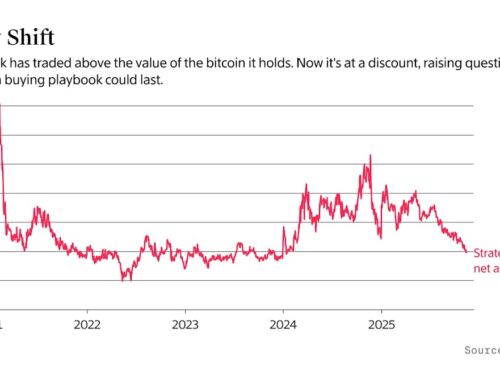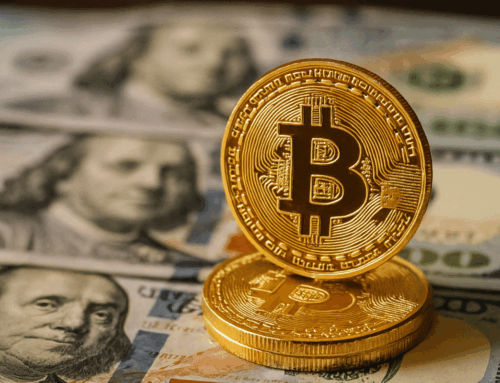Are Australians really paying more for electricity than other countries?
November 16, 2025
Everybody knows Australians are paying way more for electricity than they were a few years ago. We used to have the cheapest energy in the world, but we have squandered this advantage. And the push to renewable energy is to blame.
Many of us believe these things are all true. But are they? The answer, as they say, may surprise you.
Strap yourself in, this is about to get technical.
Are Australia’s electricity prices higher than in most other countries?
The short answer is no. We’re around the middle of the pack, and a little further down the list after accounting for our relatively high incomes.
The average electricity price for Australian households was 39 cents per kilowatt-hour (kWh) between 2023 and 2025, according to the Australian Energy Council.
That was only just above the OECD average of 38c per kWh, and it made our residential power prices the 15th most expensive among 38 countries.
But comparing prices cent-for-cent between countries with vastly different living standards gives a misleading picture of energy affordability, says Carol Tran, an analyst at AEC, in a report from earlier this year.
Sign up: AU Breaking News email
For example, an Australian household paying 39c for a kWh of electricity is very different from a Spanish, Czech, or Colombian family paying that amount.
And, after adjusting for cost of living, Tran found that Australia dropped down the international price comparison rankings.
Instead of the 15th most expensive electricity prices, we rank 24th by this measure, and well below the OECD average.
So when it comes to electricity affordability for the average Australian household in an international context, we are doing pretty well.
Has our international ranking changed over time?
There has been a lot of talk of Australia squandering its cheap energy advantage over the rest of the world – but has it?
We turn again to analysis by the AEC, which in 2016 did an international comparison similar to its most recent research.
The household electricity prices were for 2014, and were adjusted using “purchasing power exchange rates” – not exactly the same method, but another method that incorporates relative cost of living between nations.
Our ranking a decade ago is comparable to today’s.
Back then, our residential power prices put us not far below the OECD average, making us the 21st most expensive out of 32 nations.
In other words, our electricity prices have gone up a long way over the past decade or so, but other countries have also experienced big increases.
None of this is perfect – comparing power prices between nations is fraught.
Data from the International Energy Agency stretching back to the start of 2018 tells a similar story of wholesale – rather than retail – electricity prices that have stayed around the middle of a pack of large countries.
Wholesale prices reflect the cost of the underlying power generation, but account for between 31% and 45% of the default market offer prices for residential customers.
(Network costs account for 33%-48% of the customer’s price, while retail costs make up 11%-16%, and environmental costs 3%-4%.)
How much have electricity bills increased in recent years?
We all know power prices have been rising, but getting to grips with how much has been complicated by the fact that power bills vary by region.
Also muddying the waters has been the occasional taxpayer-funded energy rebates, most notably over the past two years as the world has grappled with the impact of Russia’s invasion of Ukraine.
But here are a few markers for those on the east coast.
Every year, the Australian Energy Regulator sets a default market offer (DMO) in Queensland, NSW and South Australia, while their Victorian counterpart does the same in that state.
This DMO is the maximum price an electricity retailer can charge residential and small business customers, expressed as an average annual household bill.
So not the actual price, but a cap and a benchmark.
For energy retailers in Queensland and NSW, the DMO has increased by 30%-32% over the past three years, and by 25% in South Australia.
The Victorian default offer has climbed by a lower 19% between 2022-2023 and 2025-26.
With that in mind, you might be surprised to hear that Australians on the east coast are paying lower power bills now than they were three years ago.
The Australian Competition and Consumer Commission, or ACCC, every six months releases a report into the national electricity market that includes estimates around average household power bills.
In NSW and South Australia, the latest figures show a median household electricity bill of about $330 in the September quarter of 2024, which is 5%-7% lower than three years earlier.
Thanks to generous subsidies, Queenslanders in the south-east of the state have seen their quarterly bill drop from $230 in the September quarter of 2021, to a $100 credit on their bills.
The median Victorian household’s quarterly bill over the same period has dropped 17% to $256, the ACCC figures show.
Without subsidies, however, the picture would be very different.
Households’ quarterly power bills over the three years would have climbed by 19%-22% in NSW and South Australia, by 14% in Victoria, and 66% in south-east Queensland.
Finally, we can also measure the increase in electricity costs through the Australian Bureau of Statistics’ consumer price index.
Nationally, electricity costs have lifted by 19% over the three years to September 2025, against a 12% rise in the CPI.
Again, taking out the impact of subsidies, power bills are just shy of 35% higher.
So why have power prices gone up so much over recent years?
Johanna Bowyer is the lead analyst for Australian electricity at the Institute for Energy Economics and Financial Analysis.
Bowyer says the main drivers of rising bills are wholesale electricity prices – which reflect the price of power generation technologies – and the cost of the network, which includes things like transmission towers and poles and wires.
The bottom line, she says, is that renewable energy is not to blame for high power bills.
Instead, climbing coal prices have been a key contributor over the past 10-20 years, but “on the wholesale side, the really big driver for setting the wholesale prices is actually the gas price”.
Research by Griffith University found that there was a “near perfect” correlation between gas prices and electricity prices in the east coast’s national electricity market in the decade to 2021.
Coal-fired power plant outages have also been pushing up wholesale electricity prices more recently, Bowyer says.
During the day, when the sun is shining, wholesale energy prices on the spot market push towards zero.
But in the evening, as Australians return home and start using more energy, the spot prices jump and towards the highest cost source of energy: gas.
Reducing this reliance on gas is a key to cheaper energy.
Bowyer’s ideas on how to keep bills as low as possible include more renewable energy and energy efficiency.
That’s especially true for individual households.
“If you want to reduce your energy bills, the main way is by switching to rooftop solar and storage, and investing in efficient electric appliances. That can reduce energy bills by 80%-90%.”
As noted above, retail prices include more than just the raw cost of power generation.
Network costs also play a part, and building out the infrastructure required for the clean energy grid of the future, whether its batteries or transmission lines, is proving more expensive and time-consuming than hoped.
As Tony Wood, a senior fellow at the Grattan Institute’s energy program, has written: “While the cost of generating power from renewables is very low, we have underestimated the cost of getting this power to markets as well as ensuring the power can be ‘firmed’”.
Cheap green power is offsetting the higher costs associated with the green energy build-out. But that still leaves many Australians “wondering when, exactly, cheap renewables will bring cheap power,” wrote Wood.
“The simple answer is – not yet.”
Search
RECENT PRESS RELEASES
Related Post



